Category: that’s too bad”
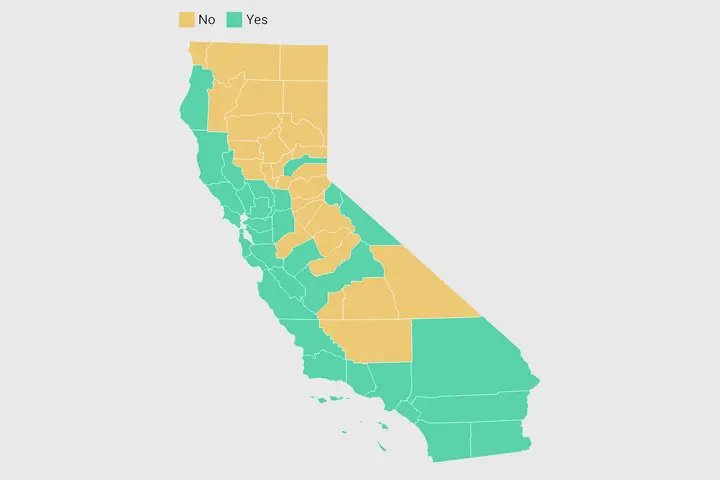
Adolf Hitler. Amidst humanity’s literally countless certifiable homicidal maniacs, Hitler consistently ranks number 1 on the psycho hit parade.
Accusing political figures of being Hitler appears to be a prerequisite for graduation from Leftist school. It has been done so many times that the sobriquet has lost a great deal of its luster. That’s because nobody is as bad as Hitler. To insinuate otherwise illuminates one’s simply breathtaking ignorance.
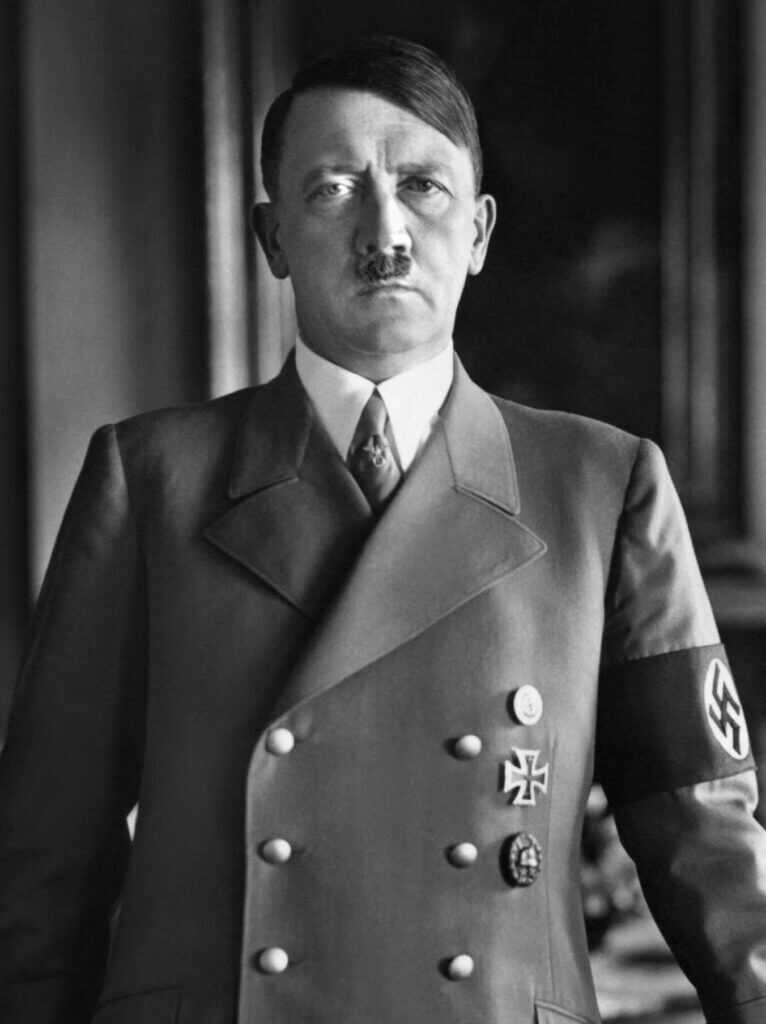
Donald Trump is a perennial target. Everyone from cerulean-haired militant feminists to unhinged Left-wing politicians has availed themselves of this handy comparison. A partial list of Democrats who have likened Trump to Hitler includes Kamala Harris, Bill Maher, Louis C.K., Sarah Silverman, and Jerry Nadler.

Donald Trump might not be a terribly nice man, but he has a long way to go to actually give Hitler a run for his money. Anyone who watches the news can catalog the President’s many hijinks. By contrast, Adolf Hitler institutionally slaughtered six million Jews, murdered 27 million Soviet citizens, and enslaved most of Europe. Hitler had his enemies impaled on meat hooks or slowly strangled with piano wire. Trump, by contrast, slams out mean tweets at odd hours and deports illegal immigrants. News flash–those things are not the same.
It’s All Relative
All thinking folk appreciate that Adolf Hitler really was history’s alpha villain. We’ve had no shortage of psychopaths. Jeffrey Dahmer kidnapped, killed, cooked, and ate seventeen young men and boys, but he clearly lacked vision. What made Hitler unique was that he had some proper ambition. Hitler used the apparatus of the state to take institutional murder to new, rarefied heights. Chairman Mao killed en masse because he was stupid. Stalin murdered because he was diagnosably paranoid. Hitler, however, wiped out entire people groups because he made a cold, calculating decision that his world would be better off without them.
That all begs the timeless question—if you had the means to go back in time to an era before Hitler had come to power, would you let him walk, or would you exterminate him for the good of humanity? As time machines are not real, that conundrum will remain tragically hypothetical. However, no less a source than the monster himself did claim that one man had that chance and indeed let him live. That man, a British infantry private named Henry Tandey, was quite the hero in his own right.
The Guy

Henry James Tandey was born in August 1891 in the Angel Hotel on Regent Street in Leamington, Warwickshire, in the UK. Henry’s Dad was a former soldier. His Mom died when he was young. That happened a lot back then.
Young Henry languished for a time in an orphanage and eventually took a job as a boiler attendant in a hotel. In the summer of 1910, he enlisted in the Green Howards, a line infantry regiment in the King’s Division. This took him to Guernsey and South Africa. However, in 1914, things got real. Tandey’s first taste of serious action was at Ypres.
Nowadays, American troops serve a set period in a war zone and then rotate home. Not so back during World War 1. These poor slobs fought until they were killed, were too badly wounded to fight any more, or the war ended. Henry Tandey was in the thick of it at places like the Somme, Passchendaele, and Cambrai. He fought from the opening salvoes of the war to the very bitter end.
Courage Rewarded
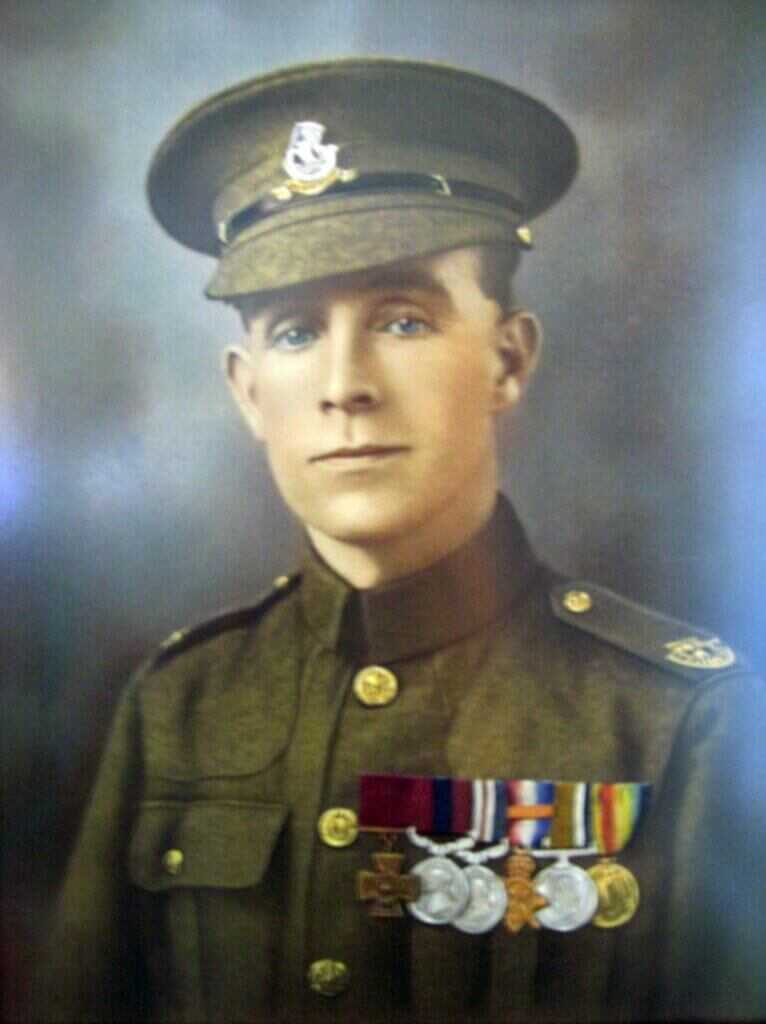
Henry Tandey’s courage under fire bordered upon the superhuman. This was the citation for his Distinguished Conduct Medal—
“He was in charge of a reserve bombing party in action, and finding the advance temporarily held up, he called on two other men of his party, and working across the open in rear of the enemy, he rushed a post, returning with twenty prisoners, having killed several of the enemy. He was an example of daring courage throughout the whole of the operations.”
Next Level Awesome
Henry Tandey never gained much rank. On 28 September 1818, he was still a private at age 27 after nearly four years in combat. However, it was on this day that Tandey earned the Victoria Cross, his nation’s highest award for valor. This was the citation—

“For most conspicuous bravery and initiative during the capture of the village and the crossings at Marcoing, and the subsequent counter-attack on 28 September, 1918. When, during the advance on Marcoing, his platoon was held up by machine-gun fire, he at once crawled forward, located the machine gun, and, with a Lewis gun team, knocked it out. On arrival at the crossings, he restored the plank bridge under a hail of bullets, thus enabling the first crossing to be made at this vital spot.
“Later in the evening, during an attack, he, with eight comrades, was surrounded by an overwhelming number of Germans, and though the position was apparently hopeless, he led a bayonet charge through them, fighting so fiercely that 37 of the enemy were driven into the hands of the remainder of his company. Although twice wounded, he refused to leave till the fight was won.”
Meeting the Monster

At the same time that Henry Tandey was slogging through the trenches earning his nation’s most esteemed awards for gallantry, a certain nondescript Austrian corporal was enduring comparable deprivations on the other side of no-man’s land.
Adolf Hitler was 25 when WW1 kicked off. He volunteered for service with the Bavarian Army at the onset of hostilities. His Austrian citizenship should have disqualified him. However, he was allowed to remain in uniform due to a clerical error.
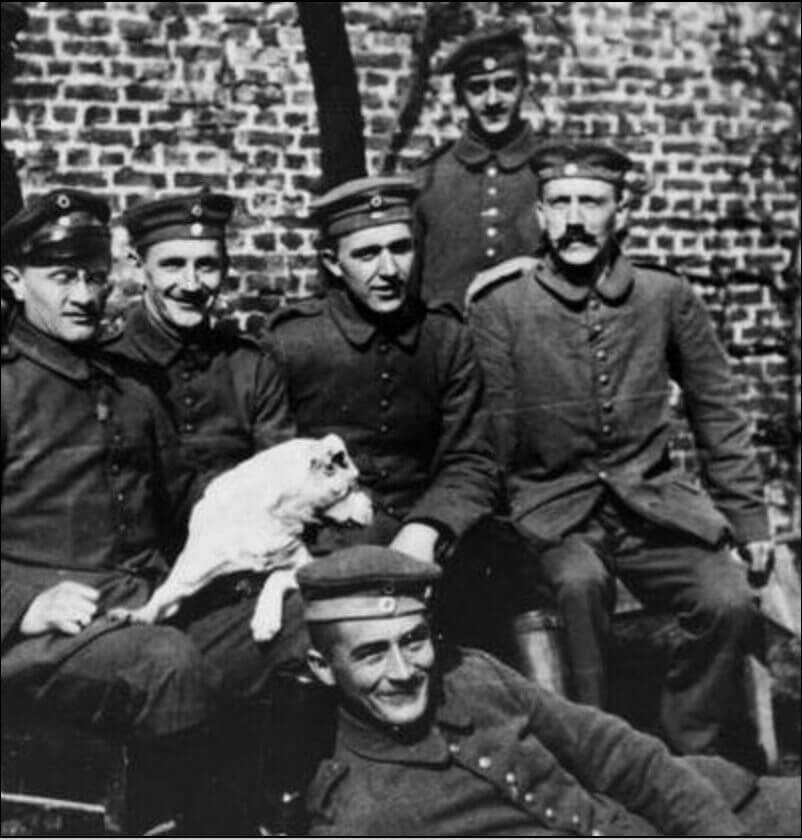
Hitler fought in many of the same battles as did Tandey. He served as a dispatch runner on the Western Front in France and Belgium. In the days before reliable radio, critical messages were often conveyed across the battlefield by individual messengers. This was a hazardous job that produced an inordinate number of casualties. By all accounts, Hitler served admirably in this role, earning the Iron Cross Second Class for valor.
On the day he earned his Victoria Cross, Henry Tandey was fighting with the 5th Duke of Wellington’s Regiment at the French village of Marcoing. As the battle was finding its level and the violence was dying down, Tandey encountered a wounded German soldier who wandered into his line of fire.
For reasons lost to history, he chose not to kill this man. There were credible allegations that this wounded straggler was none other than Corporal Adolf Hitler. Here’s where the story gets weird.
There are lots of reasons to believe this was not the case. Records were spotty. Hitler might have even been home on leave on this particular date. Nobody is completely sure. However, Hitler himself had some strong opinions on the subject.
The Painting
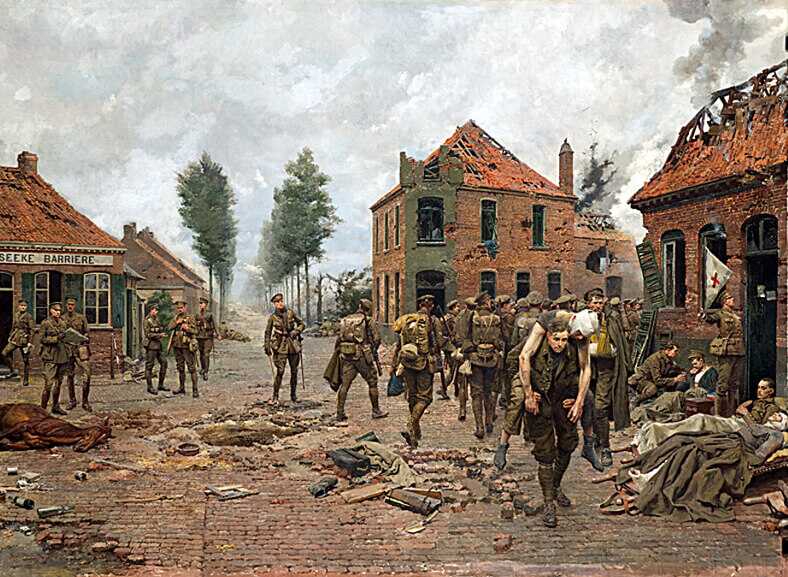
Henry Tandey ended the war a true hero. In 1923, the Green Howards Regiment commissioned a painting of Tandey carrying a wounded man at the Kruiseke Crossroads northwest of Menin in 1914. This painting was crafted from a sketch made at the time of the event. A building depicted behind Tandey was owned by the Van Den Broucke family. The regiment gifted this family with a copy of the painting.
A member of Hitler’s staff named Dr. Otto Schwend ended up with a copy as well. I couldn’t determine if this was a second copy or the one gifted to the Ven Den Broucke family.
The Nazis stole a lot of stuff. Schwend had served as a medical officer during the Battle of Ypres in 1914. Knowing Hitler’s affection for mementos of his wartime service, Schwend had a large photograph made of the painting and presented it to der Führer as a gift. Upon detailed study, Hitler identified Tandey as the man in the painting who had spared his life on the battlefield in 1918.
The Prime Minister
In 1938, British Prime Minister Neville Chamberlain famously visited Hitler at the Berghof. These talks ultimately led to the Munich Agreement that spawned Chamberlain’s infamous “Peace in Our Time” announcement.
While together, Chamberlain and Hitler discussed the painting, the photograph of which Hitler had prominently displayed. Hitler told the English PM, “That man came so near to killing me that I thought I should never see Germany again; Providence saved me from such devilishly accurate fire as those English boys were aiming at us.”
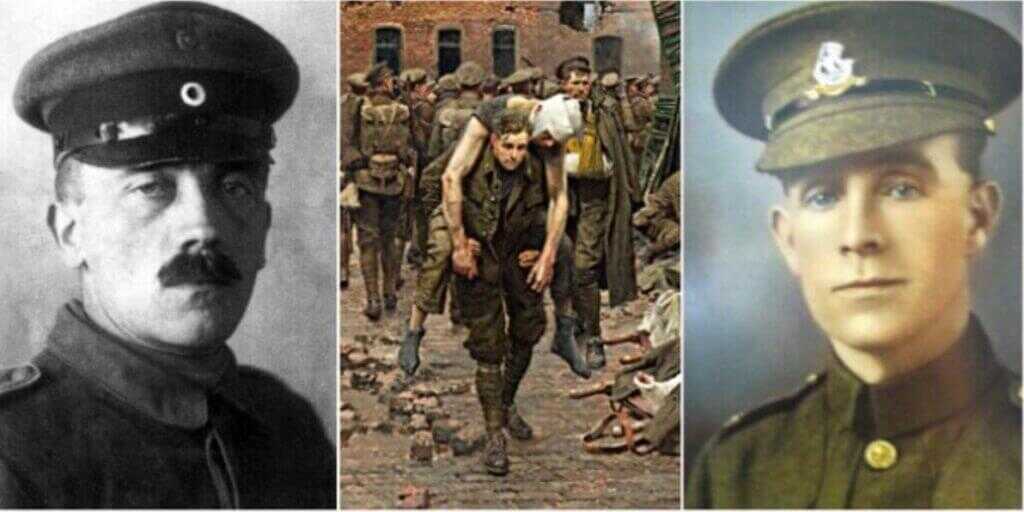
Hitler subsequently asked Chamberlain to track down Tandey and give him his warmest regards. Though the details are disputed, Chamberlain purportedly did call Tandey’s home upon his return, speaking with a nine-year-old relative named William Whateley. At the time, Tandey worked for the Triumph Motor Company. As near as I could tell, Chamberlain and Tandey didn’t actually speak.
The Rest of the Story
Tandey remained in the Army after the war, refusing promotions so he could continue to serve as a private. In this capacity, he deployed to Turkey and Egypt. He was finally mustered out in 1926.
Tandey married upon his return home, but never had kids. In 1940, while living in Coventry, his home was bombed by the Luftwaffe. Tandey reportedly rescued several victims from their burning homes during the Blitz.
When approached by a journalist at the time, he was once asked about the story concerning his sparing the life of Hitler. He said, “If only I had known what he would turn out to be…when I saw all the people and women and children he had killed and wounded I was sorry to God I let him go.”
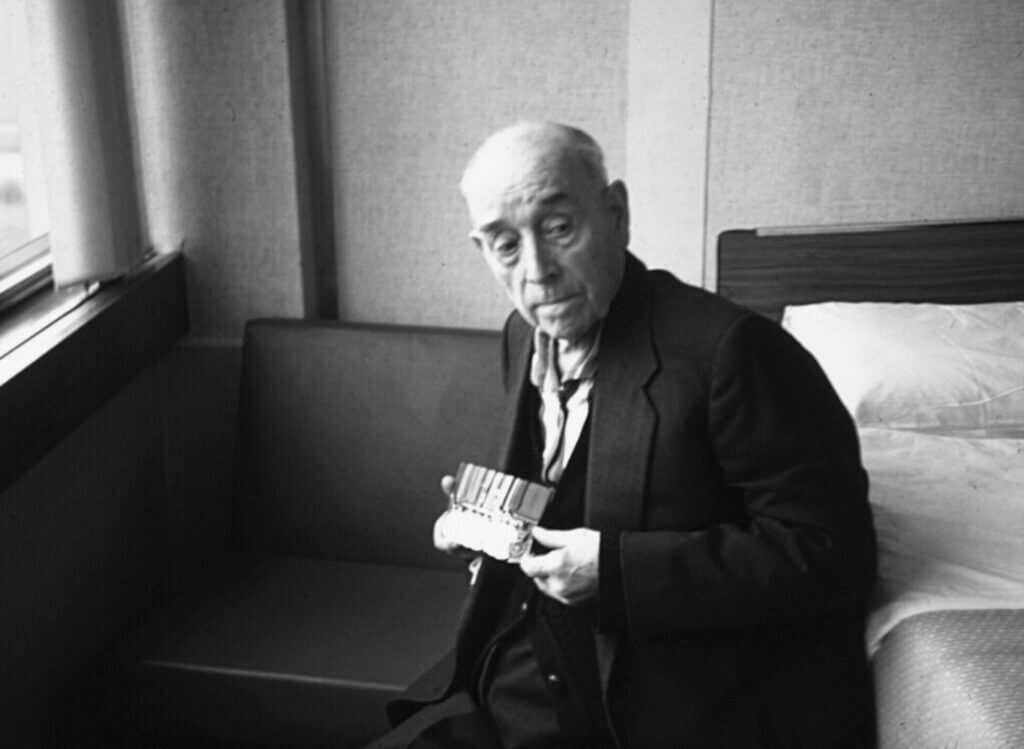
Tandey worked for Triumph for a total of 38 years. He died in 1977 at the ripe age of 86 and was cremated. His ashes were interred among his brothers at the Masnieres British Cemetery at Marcoing, France, where he had earned his Victoria Cross. It was an honorable end for the man who quite likely spared Hitler.
From Splendid Isolation:
If you’re anything like me, you’ll be wanting a cigarette after reading this lovely little story — even if like me you don’t smoke.
An intruder who used brass knuckles to beat against a front door and break a window just before midnight Friday in Missouri was shot multiple times by the homeowner and killed.
KFVS 12 reported that the homeowner, Austin Glastetter, was in the house with his wife at the time of the incident.
Glastetter told the suspect, 31-year-old John Fisher, that he was armed, but Fisher allegedly responded by saying, “You’ll have to kill me.”
Wait, wait, hold it in for just a minute…
Glastetter then shot Fisher multiple times.
And:
The Scott County Sheriff’s Office issued a release noting that deputies arrived on the scene to find Fisher deceased.
Smoke ’em if you got ’em…
